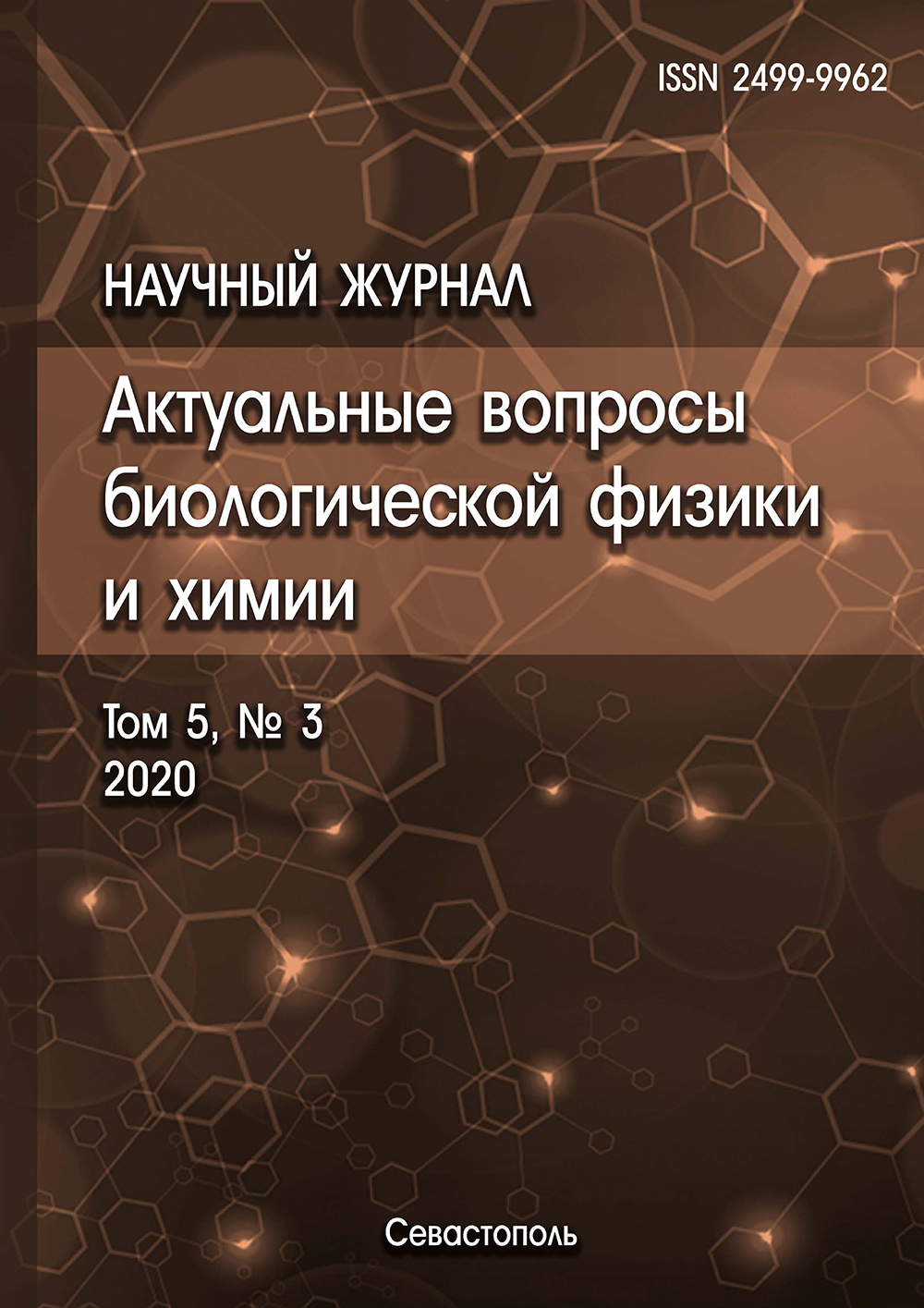. In this work, the isolation and analysis of the peptide fraction of the secretory fluid of Clarias gariepinus was carried out. Isolation was carried out by reprecipitation methods and was accompanied by intermediate purifications on sorbents. The peptide nature of the isolated fraction was confirmed by IR spectroscopy. Mass spectrometric analysis of the peptide fraction of the secretory fluid extract showed that well-retained peptides with a molecular weight of 2000-3000 Da, as well as shorter hydrophilic peptides predominate in the composition. Peptide sequences were determined using Proteome Discoverer 1.4 software (Thermo Scientific) using the UniProt amino acid sequence database (uniprot-catfish + AND + organism__Clarias + gariepinus + [13013]). 14547 peptide sequences belonging to 131 protein groups were found programmatically. It was shown that secretory fluid extract contains a large number of peptides belonging to various classes of Clarias gariepinus proteome proteins (beta-actins, cytochrome family, heat shock proteins, myostatin, NADH-dehydrogenase complex, etc.), which determine a wide range of biological properties characteristic for skin secretion of fish. Further study of the skin secretion of clarius seems promising in terms of fractionation of the peptide pool and determination of the pharmacological activity of a narrower fraction.
Clarias gariepinus, skin secretion, peptide fractions, mass spectrometry, sequencing
1. Artemenko K.A., Samgina T.Yu., Doyl Dzh R., L'yuellin L.E., Bilusich D., Bovi Dzh H., Lebedev A.T. Zaschitnye peptidy, vydelennye iz kozhnogo sekreta evropeyskoy ozernoy lyagushki Rana ridibunda. Mass-spektrometriya, 2007, t. 4 (2), s. 79-88. EDN: https://elibrary.ru/IAADFD
2. Xiao Mei Wang, Wei Dai, Ke Zhing Xing,Tian Jun Li, Xin Wang Antibacterial activities of antibacterial proteins/peptides isolated from organs and mucus of Clarias gariepunus reared at high stocking density. Advanced Materials Research, 2012, pp. 455-460.
3. Chen Cheng-xun Research on the isolation and purification of antimicrobial peptide in the surface mucus of catfish body and its antimicrobial activity. J. of Anhui Agricultural Sciences, vol. 26, 2010.
4. Tingtin Li, Quanwei Liu, Dangfeng Wang, Jianrong Li Characterization and antimicrobial mechanism of CF-14, a new antimicrobial peptide from the epidermal mucus of catfish. Fish and shellfish immunology, vol. 92, 2019, pp. 881-888.
5. Fomina L.L., Kulakova T.S., Zhunina O.A., Oshurkova Yu.L., Vaycel' A.E. Ocenka gemostaticheskoy aktivnosti slizi kozhi ryb in vitro. Aktual'nye voprosy veterinarnoy biologii, 2018, № 4 (40), s. 7-11. [ EDN: https://elibrary.ru/YSNQJN
6. Kozyrenko E.A., Ottesen O., Amin A. Osobennosti raspredeleniya i himicheskogo sostava slizistyh kletok v epidermise atlanticheskoy treski Gadus morhua L. Vestnik MGTU, 2010, t. 13, № 4/1, s. 655-660.
7. Lebedeva N.E., Golovkina T.V. Sostav i nekotorye svoystva slizi rastitel'noyadnyh ryb kak kriteriy stressovogo sostoyaniya. Vestnik Mosk. Un-ta, 1987, ser. 16, № 4, c. 28-33.
8. Sangeetha Subramanian, Neil W Ross, Shawna L MacKinnon Comparison of antimicrobial activity in the epidermal mucus extracts of fish. Comparative Biochemistry and Phisiology Part B: Biochemistry and Molecular Biology, 2008, vol. 150(1), pp. 85-92.
9. Ellis A.E. Innate host defense mechanisms of fish against viruses and bacteria. Developmental & Comparative Immunology, 2001, no. 25, pp. 839.
10. Ingram G.A. Substances involved in the natural-resistance of fish to infection - a review. J. Fish Biol., 1980, no. 16, pp. 23-60.










